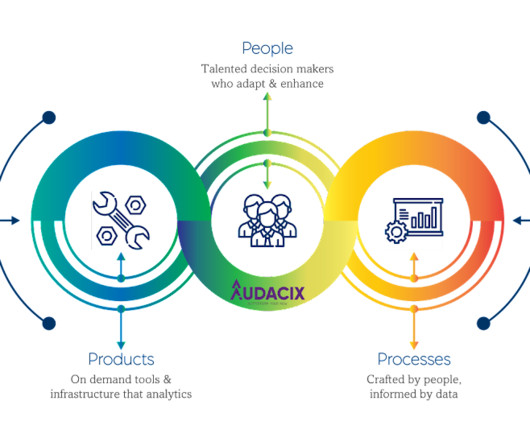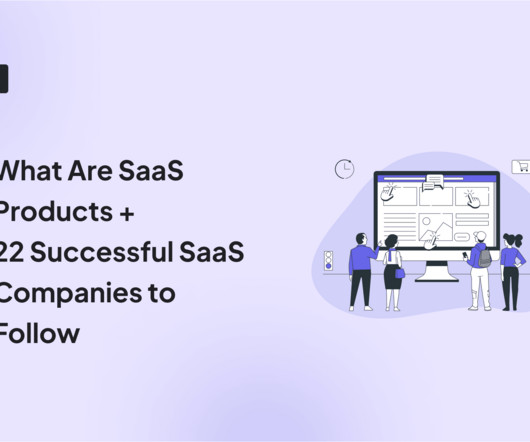Unlocking Agility and Scalability: Harnessing the Power of Cloud Computing
Valerian Tech
JULY 18, 2023
It allows developers to focus on writing code without worrying about infrastructure management. Serverless platforms, such as AWS Lambda and Azure Functions, automatically scale resources based on demand, providing agility and cost optimization. It provides flexibility and scalability for cloud-native applications.













Let's personalize your content